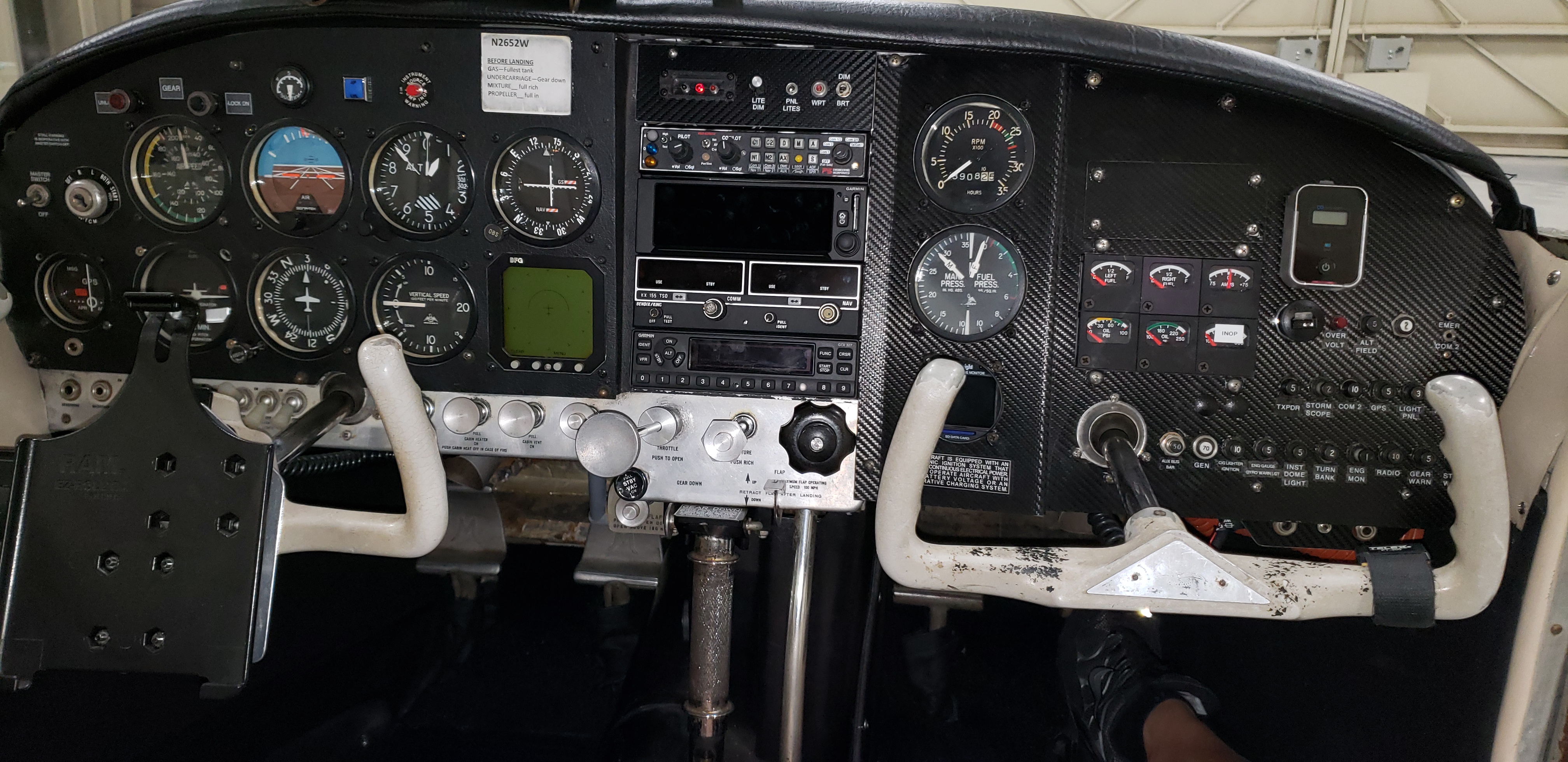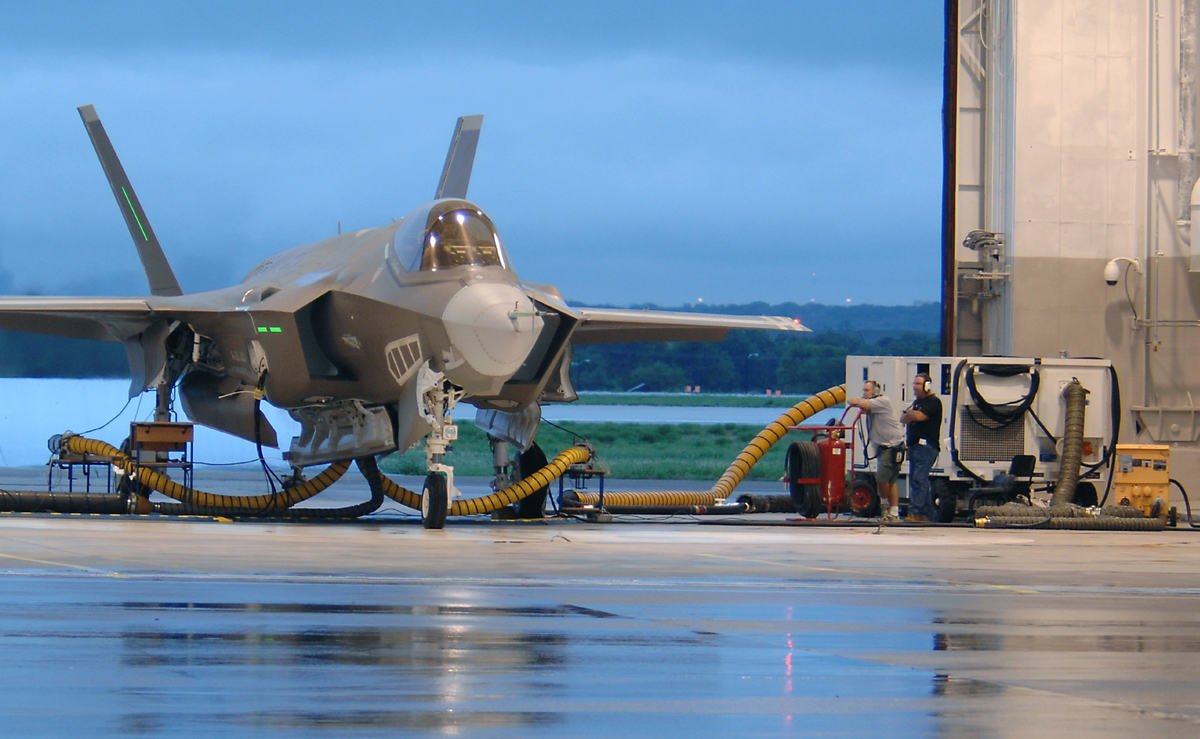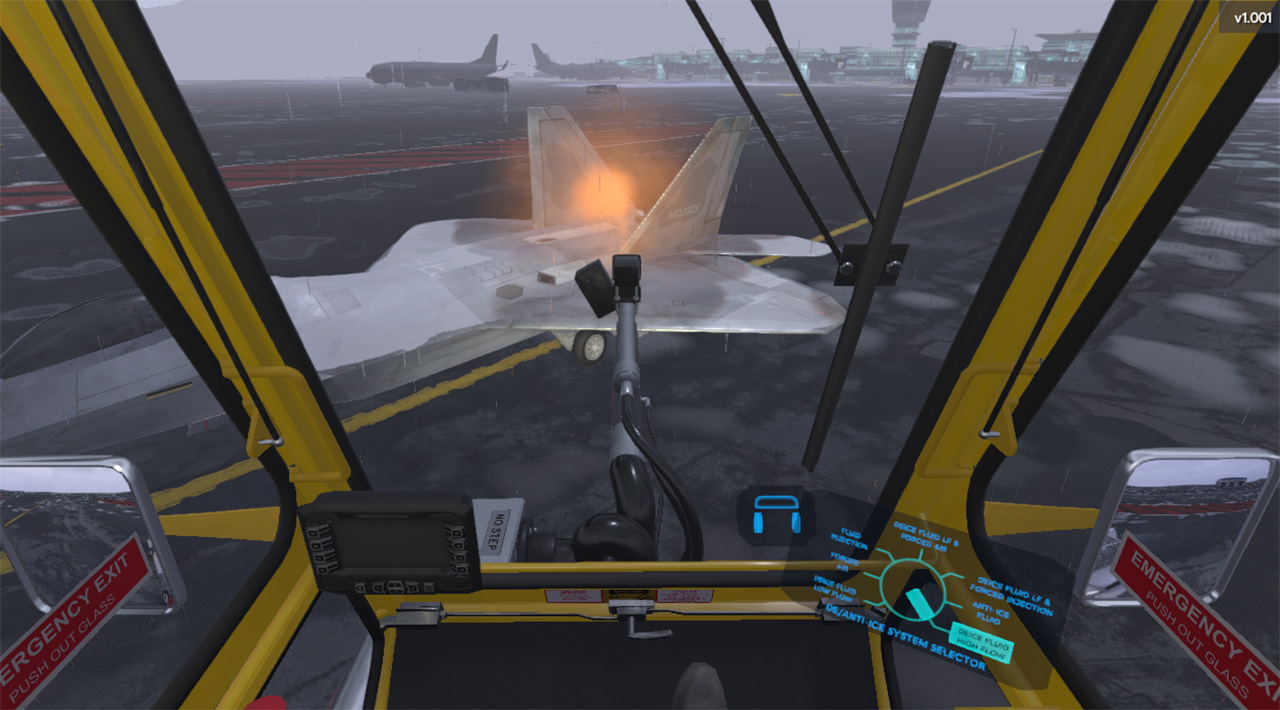Aircraft Fuel Pumps - Most manufacturers also provide a means to fuel the aircraft manually using gravity. For this, manual refuel points are located on the wings. In manual refueling, the fueler controls the refueling, and it is recommended to fill up the wing tanks before filling up the center tanks.
The refueling points in most large aircraft can be found under the wings. However, in some aircraft, it is in the side belly. This point is called a refuel coupling, and this is where the fuel bowser hose is connected.
Aircraft Fuel Pumps
In addition to the storage tanks, there are tanks present in the fuel system known as surge tanks. These tanks are also a part of the fuel vent system. All the main fuel tanks in the aircraft are connected to the surge tank through a vent pipe. During aircraft maneuvering, any fuel that moves out of the tanks falls into the surge tank through the vent pipe. And when the aircraft levels off, the fuel from the surge tank is gravity-fed back to the main tanks.
The Refueling
The fuel is also used to run the actuators of systems such as the variable stator vanes inside the engines using fuel hydraulic signals. In some aircraft, the fuel is also used to cool the electrical generators.
Once the fuel is pumped by the tank pumps, it is then routed to the Low Pressure (LP) fuel valve, sometimes called the spar valve. From there, the fuel passes through the engine-driven pumps. Some aircraft have both a Low Pressure, LP pump and a High Pressure, HP pump, which is driven by the high-pressure compressor of the engine.

In most large aircraft, the fuel is stored in the wings. Some aircraft also have tanks in the center body, or the center fuselage called center tanks. Widebody aircraft also have tanks in the tail or the horizontal stabilizer which are used to control the center of gravity of the aircraft during long-haul flights.
Our Aircraft Fuel Pumps and Fuel Boost Pump are SFAR 88 Compliant and feature an AC induction motor driven centrifugal pump assembly. Our aviation fuel pump products meet the highest reliability and safety standards for today's modern commercial aircraft.
The Fuel Storage Tanks And Venting System
Wondering what to expect when you trust Aircraft Accessories with your next aircraft fuel pump project? Our talented team of fuel pump specialists will gladly provide you with a custom quote on request. For general questions, or to request a free quote, call or message us today.
The storage of fuel in the wings helps to prevent wing bending stresses. And due to this reason, wing tank fuel is used last during the course of the flight. For example, if an aircraft has a center tank, the center tank fuel is used first before the fuel is drained from the wings. Also, in larger aircraft, the wing tank is divided into an outer and inner tank. In this case, the inner tank fuel is used before the fuel from the outer tank is used. This again helps to relieve stresses on the wing.
![Pdf] Temperature And Fluid Property Effects On Cavitation In _ Aircraft Fuel Pumps | Semantic Scholar](https://d3i71xaburhd42.cloudfront.net/fea3957be31912a192e5fc58c97c2f78b85f8168/23-FigureI-1.png)
The fuel tanks consist of tank pumps or fuel booster pumps which can be controlled by the pilot. In most cases, each tank has two tank pumps. These pumps are powered by the main electrical system of the aircraft. The job of these pumps is to pump the fuel from the fuel tanks to the main engine-driven fuel pump, which then pumps fuel to the engine itself.
To control the refueling, a control panel is available. In this panel, the operator can dial in or pre-set the amount of fuel that is required. Once the hose is connected, the refuel valves open, and the fueling begins. This entire process is automatic. During refueling, the outer tanks are filled up first. When it is full, fuel overflows into the inner tank and the center tank. When the fuel level reaches the selected value, the refuel valves are closed, and the fueling stops.
Product Description
Weldon Pump is ISO 9001:2015 + AS9100D Aerospace certified for its manufacturing facility in Oakwood Village, Ohio. We are also a Production Approval Holder (PAH – FAA) and all products are manufactured to our FAA approved quality system. The company provides aftermarket support with complete design-build capabilities and testing procedures for aircraft fluid pump systems.
The first three of these factors (voltage, frequency, and plate size) remain fixed, and the only factor that changes is the dielectric constant. This is because, at a given time, the dielectric constant can either be air, fuel, or a mixture of air and fuel. As the capacitor is drenched in fuel, there is an increase in current, which is compared to a reference capacitor with air as a dielectric. The difference in these two measurements can be then used to get a very accurate indication of fuel.

The crossfeed can also be used to balance the fuel in the air between the tanks. To perform this procedure, the pilots can turn off the wing tank pumps of the lighter side and open the crossfeed valve. This allows the fuller tank to supply both engines. Once the balance between the tanks is achieved, the wing tank pumps can be turned back on and the crossfeed valve closed.
Journalist - An Airbus A320 pilot, Anas has over 4,000 hours of flying experience. He is excited to bring his operational and safety experience to Simple Flying as a member of the writing team. Based in The Maldives.
The Inner Workings Of The Fuel System
A Power Driven positive-displacement rotary-vane pump equipped with a drive for direct coupling with the engine accessory pad or electric motor. As the rotor turns in the eccentric liner the vanes sweep in succession through the space formed by the off-set rotor, creating a suction on the inlet side of pump drawing in fuel. Since fuel is practically incompressible it is forced out through the discharge port by the action of the blades producing pulsation-less flow.
The fuel tank also consists of suction valves that allow fuel to be drawn by the engines in the event of tank pump failure. This requires the pilots to descend to a lower altitude which prevents low-pressure fuel boiling.

In aircraft capable of flying at high altitudes, the tank pumps are a necessity because the reduced pressure at altitudes can cause fuel to boil, causing vapor locks that can prevent fuel from entering the engine-driven pump.
In normal operations, the left-wing tank supplies fuel to the left engine, and the right-wing tank supplies fuel to the right engine. In an engine flameout event, the remaining engine can be supplied with fuel from the other side using a crossfeed valve. For example, if the right engine were to fail, fuel from the left-wing tank could be routed to the right engine when the crossfeed valve is opened.
Product Description
The fuel for the Auxiliary Power Unit (APU) is typically fed from one of the wing tanks. It has a pump of its own which automatically comes on when the APU start sequence is initiated. If the APU pump were to malfunction, the supplying tank pumps can be turned on.
To solve this problem, compensators are used. The compensators are probes that are placed deep inside the fuel tanks to ensure that they are always covered in fuel. If there is a reduction in temperature that causes the SG to go up, the compensator increases the current flow to the fuel indicator circuit to correct the erroneous measurement by the fuel-measuring capacitors.
Accepted returns must arrive at our facility within 30 days from invoice issue date with complete paperwork and in original packaging condition or customer will be refused a refund or credit. All items are subject to a 15% restocking fee.
If you will be returning a core, no RMA is required. We recommend sending a copy of your invoice and “Core Return” written in large letters on the bottom. This ensures we know who and what the received shipment is for.
The surge tank is also vented to the atmosphere to release fuel if there is a fuel overflow. It is, at the same time, provided with ram air which helps to pressurize the main fuel tanks. This keeps the tanks at a slight positive pressure. This, for one, prevents excessive fuel evaporation. As the aircraft climbs higher and higher, the reduced atmospheric pressure decreases the boiling point of the fuel. This causes fuel to evaporate. When the tanks are fed with positive pressure, the fuel is kept from experiencing reduced pressure.
Before the fuel is routed to the main engine components, it goes through the fuel/oil heat exchanger and the fuel filter. The heat exchanger keeps the fuel at an optimum temperature, while the filter blocks any debris in the fuel. Once passed through the exchanger and the filter, the fuel is pumped by the HP pump to the fuel nozzles in the combustion chamber.
The main problem with this system is that it cannot compensate for the temperature. The Specific Gravity (SG) or density of the fuel is inversely proportional to the temperature. Thus, when there is a drop in temperature, the fuel volume reduces and causes errors in fuel indication. Similarly, when there is an increase in the temperature, the fuel volume increases.
Our Aircraft Fuel Pumps and Fuel Boost Pump are SFAR 88 Compliant and feature an AC induction motor driven centrifugal pump assembly. Our aviation fuel pump products meet the highest reliability and safety standards for today's modern commercial aircraft.
aircraft electric fuel pump, weldon fuel pumps aircraft, aircraft fuel pump repair, engine driven pump aircraft, aircraft fuel pump overhaul, engine driven fuel pump aircraft, aircraft fuel boost pump, jet engine fuel pump








